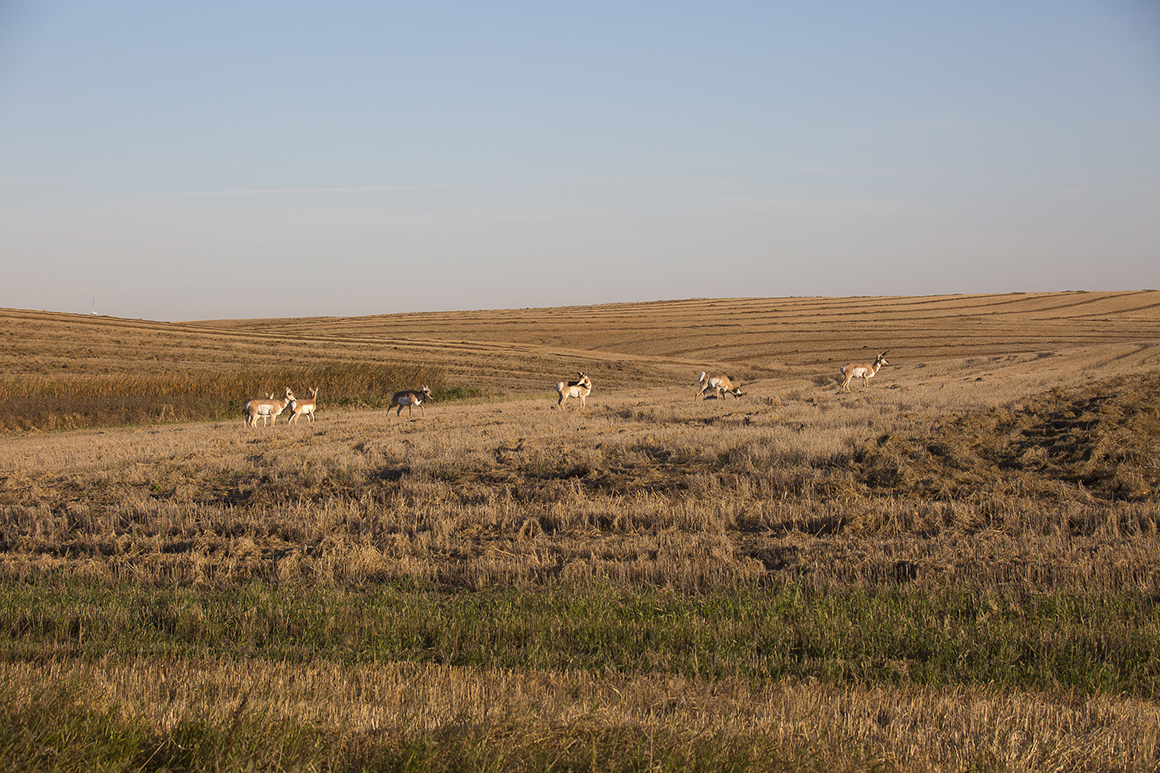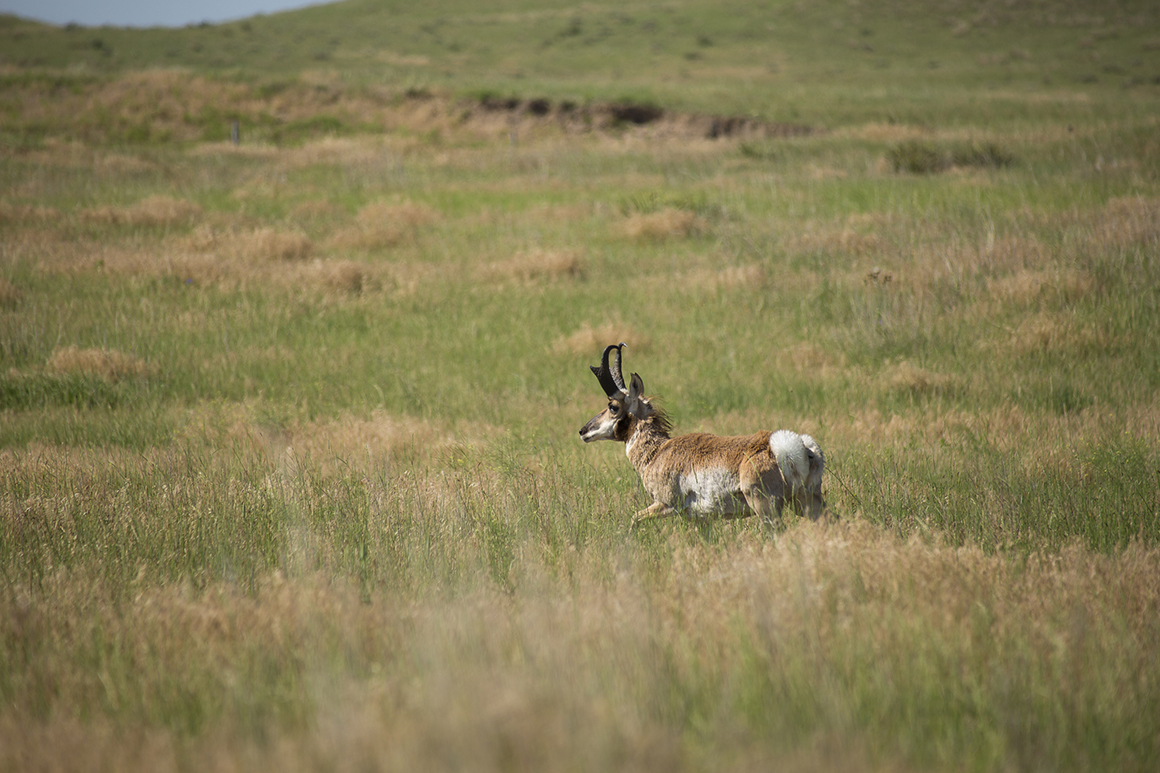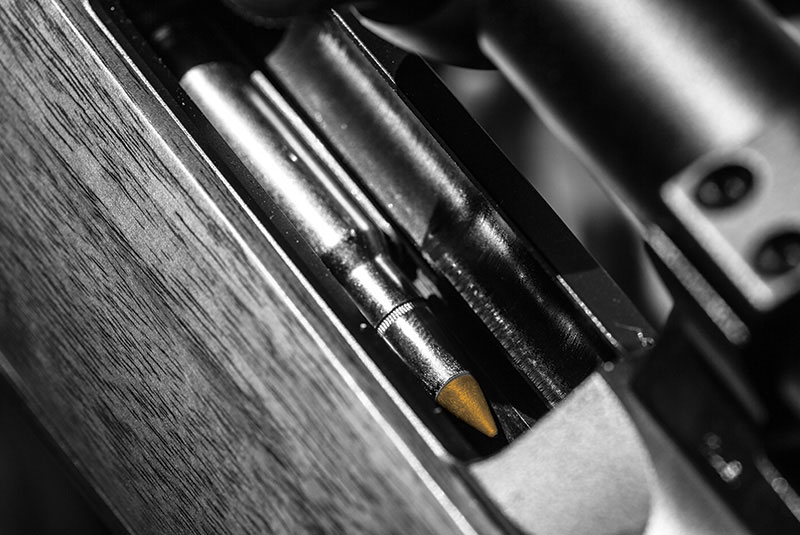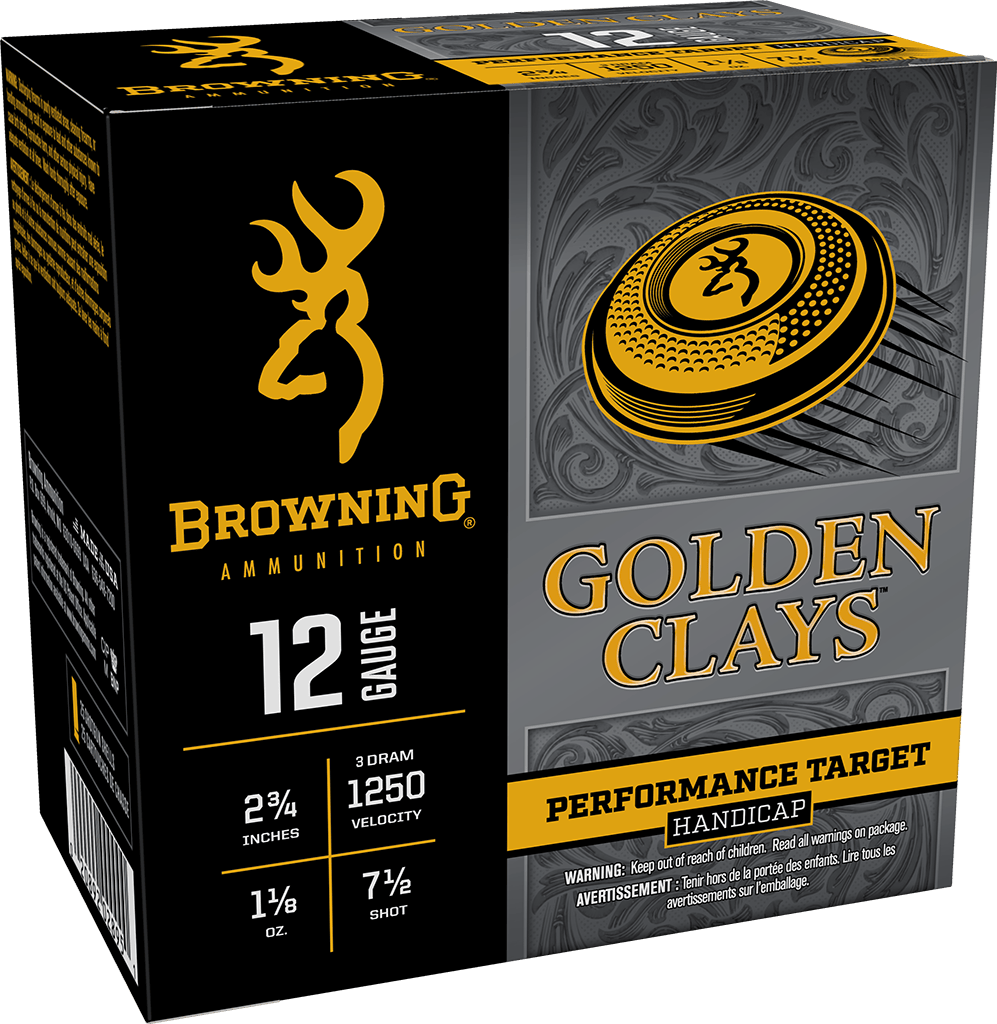Prairie Clipper: The Pronghorn Antelope
There is no more visible big-game animal in the American West than the pronghorn antelope, maybe in all of North America. And that’s the way the antelope likes it.


“Antelope” in reference to the pronghorn was a bad guess on the part of the pioneers, like naming the wapiti an “elk” or the bison a “buffalo.” Fact is, they have nothing to do with true antelope, even though that word is described as a “wastebasket taxon” in which to dump all those species that don’t otherwise qualify as cattle, sheep, goats, or deer. The pronghorn doesn’t even come as close as being in the same taxonomic family as the antelope (Bovidae), but is the sole member of its very own (Antilocapridae)–you’ve seen one antilocaprid, you’ve very much seen ’em all. If you’re looking for even a distant, distant relative of the pronghorn, go to Africa and look at a giraffe.
The African analogy makes some sense for a couple of reasons. A herd of pronghorn on the prairie resembles nothing so much as a herd of antelope or gazelle on the savannah. Then there’s another nominally African connection as well.
When it comes to top speed, the pronghorn has no relatives, distant or otherwise. Built with interlocking joints in its legs, it has trouble jumping fences but can hit over 60 miles per hour. While consuming five times as much oxygen as any other comparably sized animal, the pronghorn can run at 40 for 40 minutes, earning it the nickname “speed goat.” There’s an old Hollywood novel called What Makes Sammy Run? What makes pronghorn run is a ghost.

When the modern pronghorn evolved on the Pleistocene prairies, the predator it worried most about was the American cheetah, which was closely related to the African and Asian species of today. As fast as its name implied, this now-extinct big cat could probably out accelerate a Ferrari, if Ferraris were up and running before the cheetah vanished over 12,000 years ago. Except nobody ever told that to the pronghorn, the vanishing act. Somewhere out there, the pronghorn believes, there is still a predator that can hit perhaps 70 miles per hour over a 200 or 300 yard stretch. So the pronghorn is primed to redline it at the first hint of danger, streak ahead for those few hundred yards it takes a cheetah to run out of gas, and then continue off for another few dozen miles if it thinks it needs to.
That’s the running part of pronghorn, but it doesn’t have to be the hunting part. Running pronghorn are not an inevitable aspect of pronghorn hunting, in fact they demonstrate poor planning on the part of a pronghorn hunter, and can be avoided if a hunter will use right tactics.
As mentioned above, pronghorn like being visible rather than hidden, because that let’s them use what is their even more effective defense than their speed: eyesight. Claims get bandied about of the pronghorn’s having eyesight the equivalent of an 8X binocular, though it would seem uncertain how that would be tested and proven. Let’s just say that they have very, very fine vision. As important, the placement of their eyes gives them a 320-degree field of view. By living in the open, pronghorn can see trouble coming from a long, long way off. Rather than hiding, they would rather occupy a good vantage point so they can spot a threat at a distance and book it, as the saying goes.
Long range is always a possibility with pronghorn, so a hunter would want to choose a bullet with the best ballistic coefficient (BC) and velocity he can find. A big buck pronghorn–and look for a black cheek patch, along with horns, to identify a male–might weigh 120 to 130 pounds, so a heavy caliber is not mandatory. Browning ammunition’s BXS round, in 270 Winchester can be a great choice, but the 7mm Remington Magnum is not “too much cartridge” out on the windswept prairies, and with a heavy-for-caliber bullet will do less damage than might be anticipated. If you want a near-ideal pronghorn round, think about the 6.5mm Creedmoor, the winner of the BC sweepstakes.
Pronghorn country is never as flat as a parking lot, but almost always has arroyos and gullies or rolling contours that a hunter can use to turn a long-range shot into a much less long-range shot. One good thing about pronghorn country is that the winds are mostly prevailing, so once you figure out the direction, you can pretty reliably work your way up on a pronghorn, keeping the wind to your advantage.
A last word: Pronghorn meat can be excellent. But warm weather, in which pronghorn are usually hunted, plus distances back to a processor or to where you will cut it up yourself, can take their toll. Do your best not to shoot running game; kill your animal cleanly; dress it at once and if you can, skin it out right away and get the carcass into a cloth game bag; if you can’t skin it in the field, a trick of pronghorn guides is to have several reused gallon milk jugs filled with frozen water. If they have to load a carcass in their truck, they will place the capped plastic jugs of ice in the body cavity–no water to spoil the meat and the carcass can start to cool from the inside out. It’s nothing more than what one of world’s most unique game animals deserves.
Follow Browning Ammunition’s social media channels for more hunting and shooting tips and updates on Browning Ammunition supported events and promotions on Facebook, You Tube, Instagram and Twitter.



